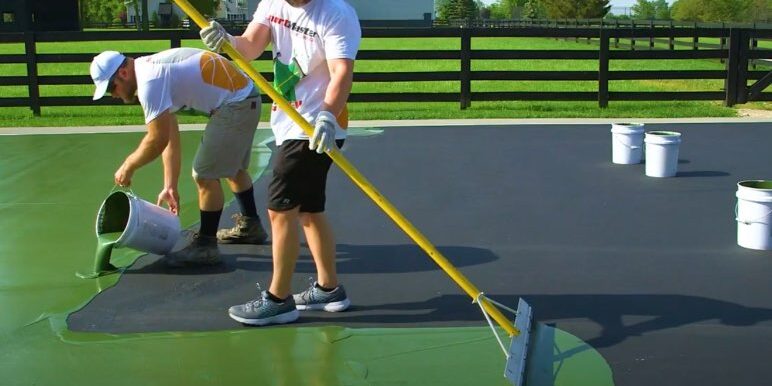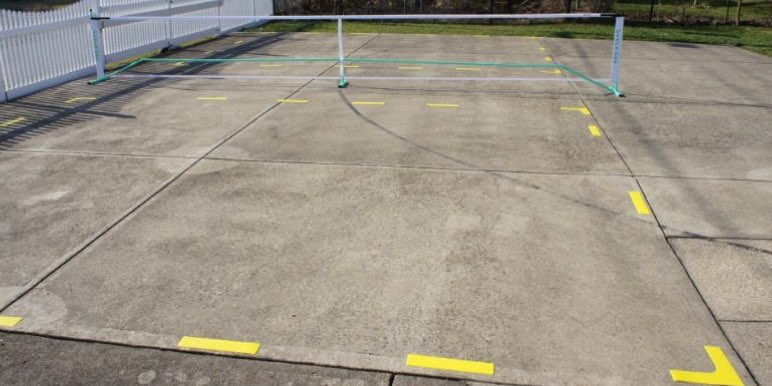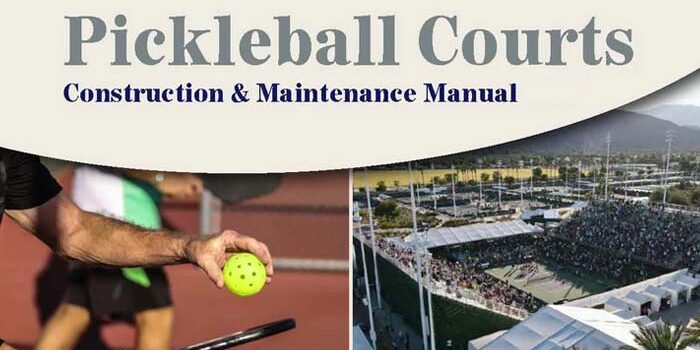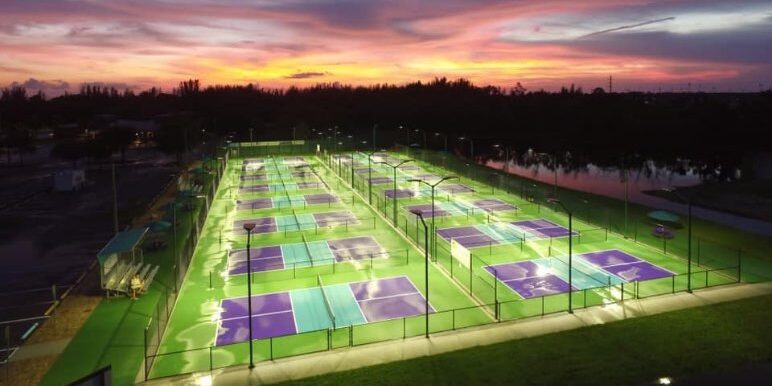One of the keys to taking your pickleball game to the next level is having a convenient place to play. Whether you’re setting up for serious competition, casual games with friends, or a temporary surface for an event, knowing the basics can help you get the most enjoyment out of your court. These guidelines will get you started on building the court that's perfect for your specific needs.
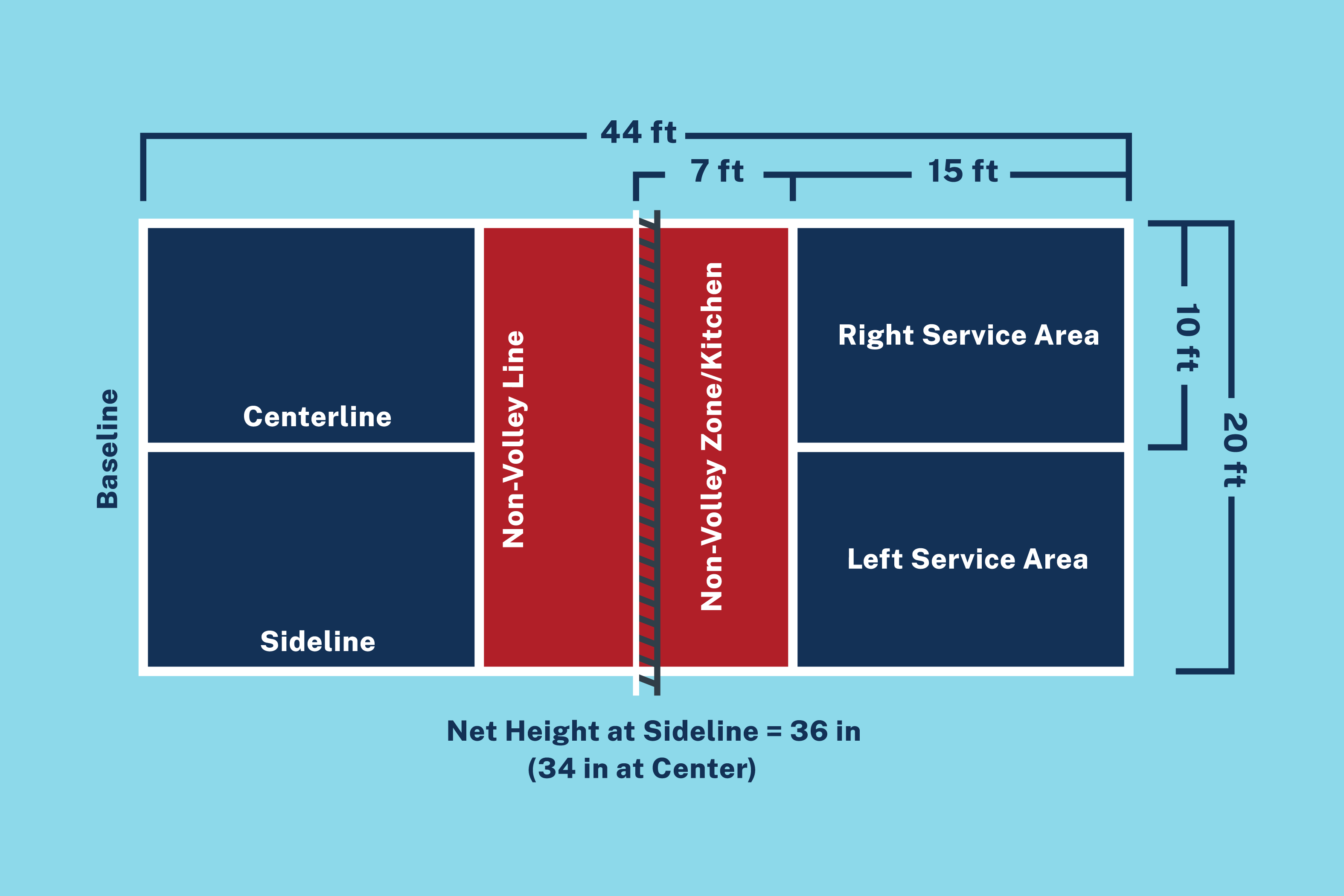
Pickleball Court Dimensions
When laying out a temporary (or permanent) pickleball court, it is important to know the correct specifications as indicated in the diagram. It is also important to note that if you are setting up an outdoor pickleball court on an existing court surface that is oriented in the normal north/south direction, do not place the pickleball courts at right angles to the court. If you do, one player will be looking directly into the sun in the early morning or late afternoon which can certainly prove to be safety hazard.
Temporary Court Layouts
There are two paths to converting existing courts to pickleball courts: shared use and dedicated use. With shared use, simply add pickleball lines to an existing surface and players of both sports can use the court. This may cause some initial confusion, but players quickly get accustomed to the additional lines.
Before altering an existing surface, be sure to obtain proper permission from the facility owner. Temporary taped or adhered lines may leave residue on the court when removed. If permission is granted, be sure to test in a small, inconspicuous area first.
While temporary pickleball courts can be set up on several existing sport surfaces such as basketball courts, volleyball courts, badminton courts and inline hockey rinks, the most common surface used for shared use is a tennis court.


